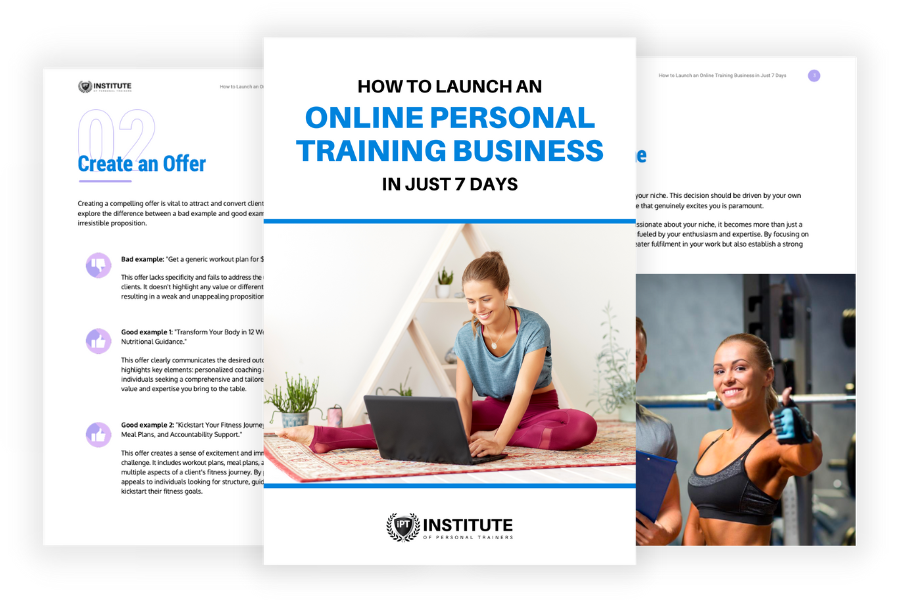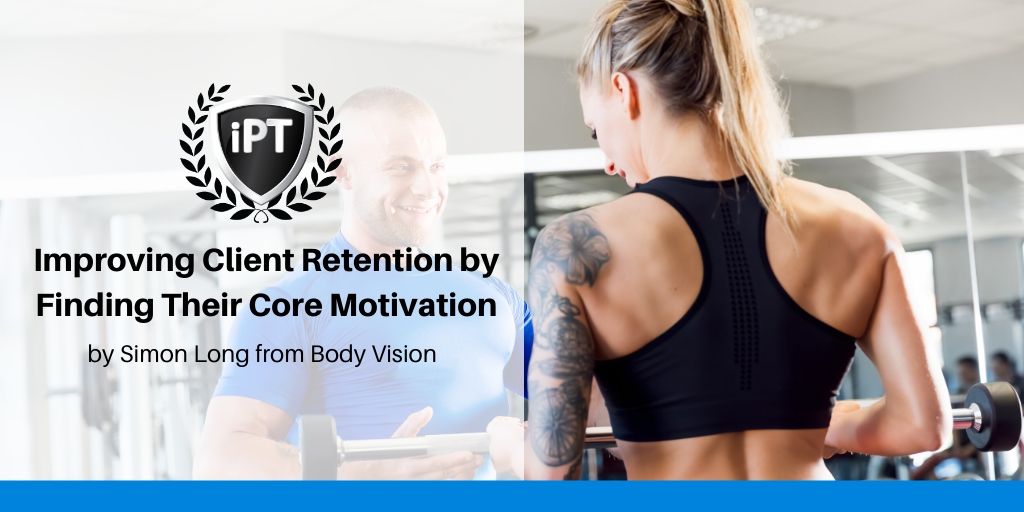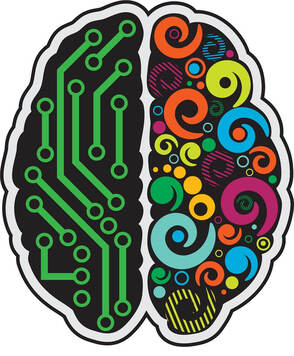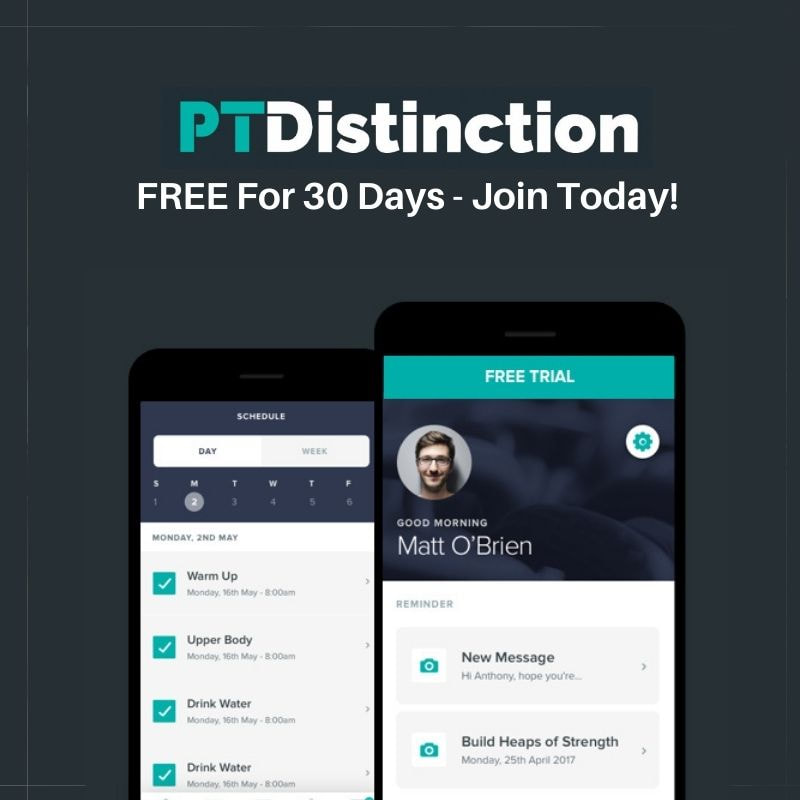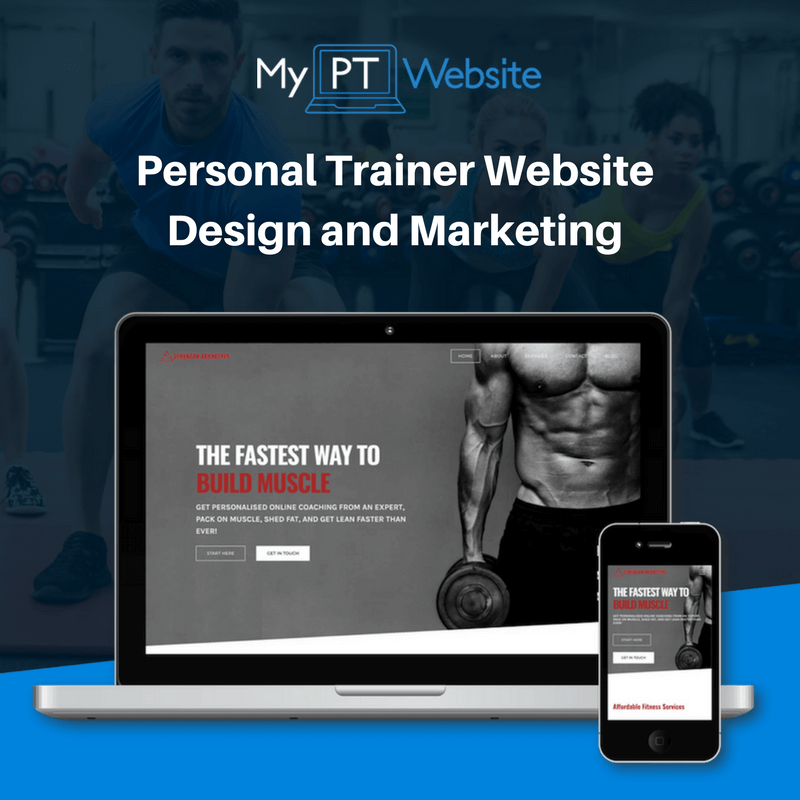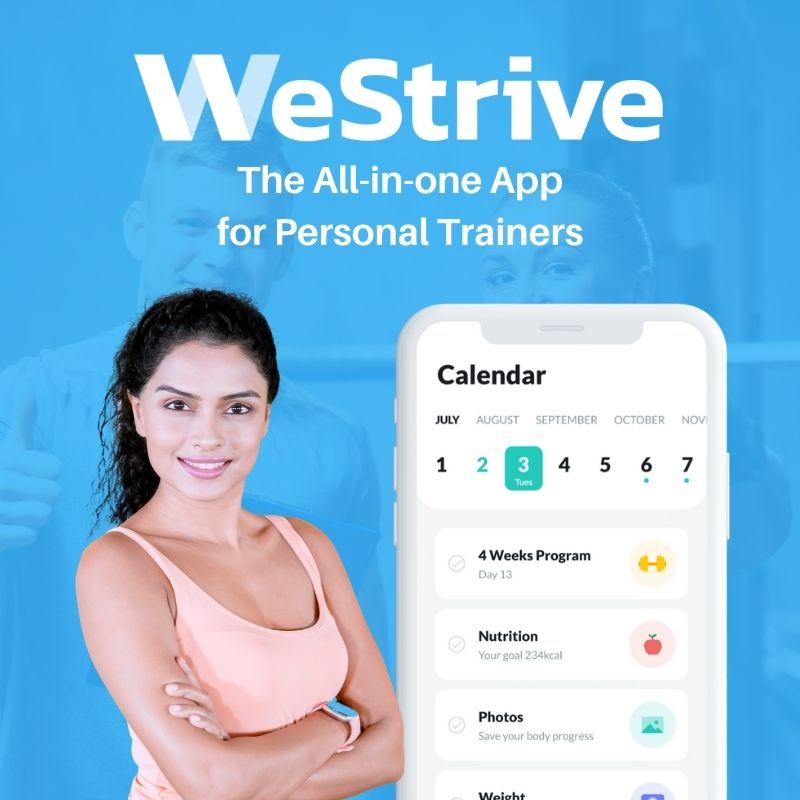|
FREE GUIDE: HOW TO LAUNCH AN ONLINE PERSONAL TRAINING BUSINESS
IN JUST 7 DAYS
✓ The new, better way of launching an online business
✓ The fastest way to create in irresistible offer ✓ A simple system to sell to clients who are interested |
|
Today we are going to explore client motivation. Without it, you won’t be able to hold on to clients for long. Yet if you can keep it high, you’ll get boosted client results, have a higher client retention and improve your reviews and referrals, which will all give you an enhanced income. Sounds amazing right! But how do we keep motivation high? Well as you may be aware a lot of clients will come into the gym with a drive to get started. They’ve had a “kick up the bum”, be that from a picture, a comment, or an ill-fitting top, and they’ve decided to get things sorted! This inspiration to change is known as a "motivation peak". Unfortunately though, these soon pass. After which your clients get into the grind of behaviour change. Therefore, to greatly improve client retention you need to focus on keeping behaviour consistent from this point up to the behaviour becoming a habit, at which stage motivation is no longer an influencer. How do you approach such a mammoth task? Well let’s begin by explaining how motivation works. The Two Sides of the MindThe first step to helping your clients keep their motivation high is to understand the two sides of the mind when behaviour change is concerned. These sides essentially take opposing views, with one focusing on short-term change, and the other on long-term. These opposing thoughts have been called many things; the id and the ego, fast and slow brains, the elephant and the rider and so on. Today we will describe them as the Human and the Gremlin to explore and explain the concept. We won’t go too deeply into the complexities of neuroscience and behavioural psychology in this article, but there are several avenues you can explore in the references if you wanted to get into the science further. So what are the goals of these two sides of the mind? Well essentially the Human part of our brain is focused on long-term happiness, whilst the Gremlin is focused on short-term satisfaction. The reason they have these differing views is because the Human uses logic to choose behaviours, giving it the ability to see why taking the hard choice now makes sense in the long run. The Gremlin on the other hand prefers which ever option is going to be more enjoyable in the moment. Due to our evolution this is usually the higher fat, salt and sugar foods, and due to the discomfort that is inherent with exercise, the Gremlin prefers inactivity. The Gremlin also prefers ease, which is going to be found with the status quo and existing habits. Once you make your clients aware of this, they will literally be able notice the difference of the two sides speaking in their mind. When they are using logic to determine why they should do a behaviour, this is the Human speaking. Yet more often than not they will hear the Gremlins thoughts arguing why they should skip the behaviour this time (e.g. “I’m already 10 minutes late to the gym so I might as well start tomorrow” or “I had a good lunch, so a takeaway isn’t as bad”). Often at this point clients commit to not listening to the Gremlin. They endeavour to work out who is speaking, and ignore whatever the Gremlin has to say. Unfortunately, this won’t work. The Willpower Fuel TankNo matter how much you commit to listening only to the Human, your ability to do so will be limited. This is because the Humans energy each day is limited, whereas the Gremlins is not. An easy way to imagine this it is that the Human has a “Willpower Fuel Tank” that is full each morning. But over the course of the day various things burn through this fuel. Examples include focusing on a boring, frustrating or difficult task, making choices, controlling your emotions and controlling your behaviours (e.g. choosing the salad or fruit over the cookie). Once your fuel is depleted your ability to use the logical, long-term focused Human is greatly reduced, and the Gremlin begins to call all the shots. Your clients will certainly be able to see this effect when they consider how demotivated they are to exercise or eat well during a challenging day. There are two ways to overcome this situation:
So let’s explore each of these option. Building a Bigger Fuel TankIncreasing the amount of energy your Human has each day is not too difficult. Essentially all it needs you to do is change a small habit. Examples include:
These habits are small, meaning they don’t get the Gremlins attention, but by doing them regularly you build your self-regulation (i.e. your ability to control your behaviours), which is exactly what your Willpower Fuel Tank is representing. However, there is a problem with this approach. As having more self-regulation usually results in you spending more of it through the day, meaning you still run out of it eventually, which gives the Gremlin the chance to control your behaviours and slow your progress. Therefore this approach isn’t the optimal strategy. So what about option two? Negotiating With The GremlinIt’s worth noting here that the parts of your brain within which the Gremlin resides are also the areas that regulate emotion. This means the Gremlin is an emotional beast. Your clients will probably be able to see this when they consider the strong emotional reactions they get when ignoring dietary temptations. Skipping a chocolate bar is not a big deal in the long run, but their Gremlin will sure act like it is! However, this does give a possible route to getting the Gremlin on board. Because you can make all the logical arguments you want (e.g. “Losing weight will help me live longer”). But the Gremlin doesn’t understand logic. Change that to an emotional reason though (i.e. “If I lose weight I’m more likely to meet my grandkids and watch them grow up”) and suddenly the Gremlin can understand why sacrifice now will lead to more positive emotions in the future. So how do you approach this? Well you’ll usually find when speaking to your clients that they focus on the logical reasons for change, as these are the easy ones to identify. There is nothing wrong with this however, and it’s a good starting point to explore their emotional reasons for wanting to change. To get deeper all you need to do is ask your clients Why? Why is a powerful question, as it forces people to dig down to their core motivation. For example: “I’d like to lose weight” “Okay, why?” “I just feel if I do I’ll be a more confident person” “Okay, and why does that matter to you?” “Hmm, I guess I avoid going out with friends because I feel self-conscious” “I understand that. And why do you feel going out with friends is important?” “I just like spending time with them and getting away from my busy life once in a while” “Makes sense. Can you tell me why getting away from your busy lifestyle is important?” “I guess I over emphasise work, but I always feel afterwards that it would have been better for me to finish on time and go and have fun with my friends instead. I don’t want to get to the end of my life and feel like I missed out on all the fun. I guess feeling that I look overweight just give me an excuse not to go” Now you’re down towards the clients core motivations! So you can help them to follow the reason that every choice matters. Using the above example: Not eating this pizza = Weight loss = More confidence = Going out with my friends more = More fun experiences = A sense of a life well lived. All you need to do now is put an action plan in place to help them to remember this reasoning. And boom! You’ve created a client that:
All of which will provide you with:
Not too shabby! References
|
Our All In One Platform
Check out out all in one business & marketing platform for personal trainers!
WEBSITE BUILDER | FUNNELS |MEMBERSHIPS | SCHEDULING| EMAIL MARKETING| PAYMENTS| CRM | AI ASSISTANT | SURVEYS
Popular Articles
Trusted Partners
We work closely with some of the best service providers in the fitness industry.
Categories
All
|

